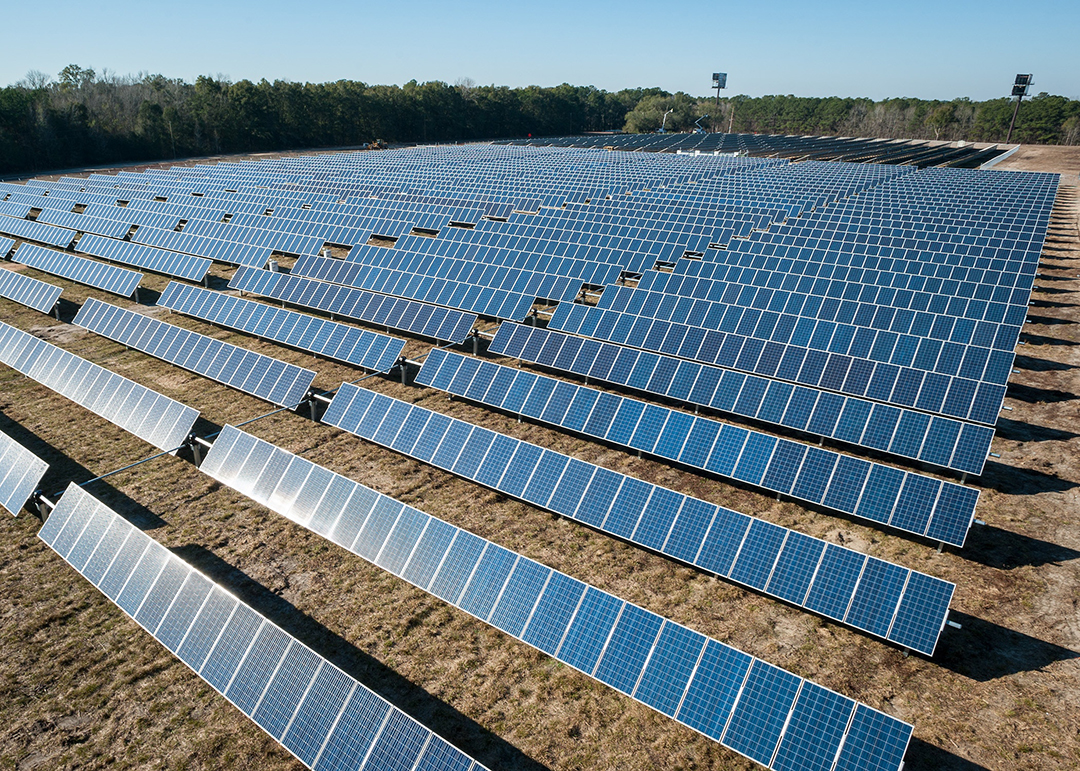The Doha Amendment, which establishes the Kyoto Protocol’s 2013-2020 second commitment period, has received the required number of ratifications to enter into force. Once in force, the emission reduction commitments of participating developed countries and economies in transition (EITs) become legally binding.
The Doha Amendment’s entry into force, a UNFCCC press release notes, is “critical for the rigorous and successful implementation of the second commitment period.” Its entry into force also means that “accounting of the Kyoto Protocol’s second phase can go ahead as anticipated and that the Kyoto Protocol’s compliance committee can fully fulfill its legal functions.”
Since our last update in July 2019, 15 countries have ratified the Doha Amendment, bringing the total number of ratifications to 145. The Amendment will formally enter into force within 90 days from 1 October 2020, when the 144th instrument of acceptance was received by the Depositary.
The Amendment’s entry into force is critical for the rigorous and successful implementation of the second commitment period.
Angola submitted its instrument of acceptance on 22 September 2020; Bolivia on 17 September 2020; Egypt on 3 February 2020; El Salvador on 18 September 2019; Georgia on 16 June 2020; Ghana on 24 September 2020; Guatemala on 15 October 2019; Jamaica on 1 October 2020; Jordan on 3 January 2020; Nigeria on 2 October 2020; Niue on 10 December 2019; North Macedonia on 18 October 2019; Senegal on 27 May 2020; Sierra Leone on 15 June 2020; and Zambia on 22 August 2019.
The Amendment sets a goal of reducing greenhouse gas (GHG) emissions by 18% compared to 1990 levels for participating countries. This, according to the UNFCCC, “represents an increase from an average reduction of 5% compared to 1990 levels” during the Kyoto Protocol’s first commitment period from 2008-2012.
“The Doha Amendment’s entry into force is a strong signal of a unified, multilateral commitment to address climate change,” said UNFCCC Executive Secretary Patricia Espinosa. She noted that it represents political commitment to pre-2020 action, which, she said, is necessary to build trust ahead of the 2021 UN Climate Change Conference in Glasgow, UK.
The entry into force of the Doha Amendment occurs at a time when global emissions are likely to result in an increase of global average temperatures of 3°C above preindustrial levels, the UNFCCC warns. Therefore, new or updated nationally determined contributions (NDCs) countries are expected to submit in 2020 remain critical for reaching the temperature goal of the Paris Agreement – to keep global warming “well below” 2°C and pursue efforts to limit the temperature rise to 1.5°C above preindustrial levels.
The Doha Amendment was adopted by Decision 1/CMP.8 at the eighth session of the Conference of the Parties serving as the Meeting of the Parties to the Kyoto Protocol (CMP 8), in Doha, Qatar, in 2012. [UNFCCC Press Release] [Status of the Doha Amendment] [UN Treaty Collection Doha Amendment Webpage] [Doha Amendment]

